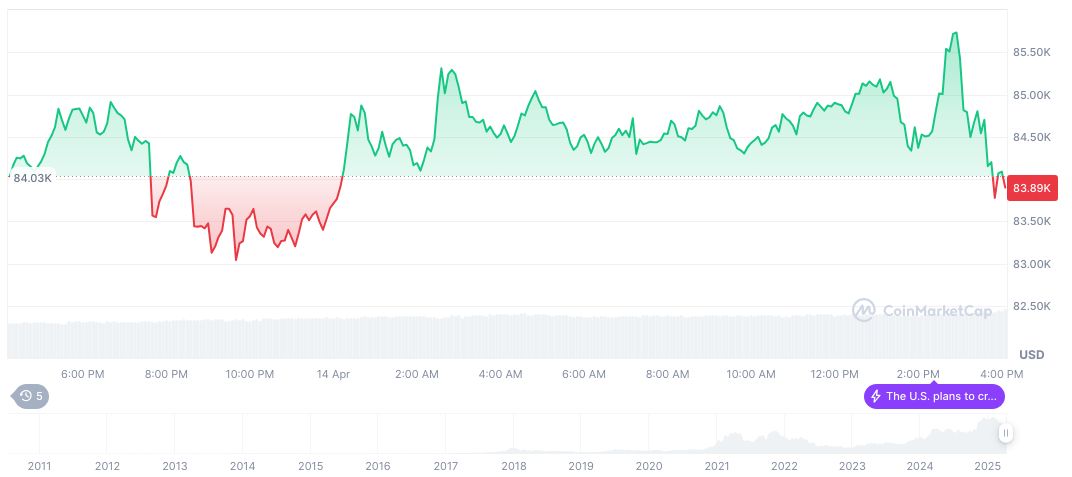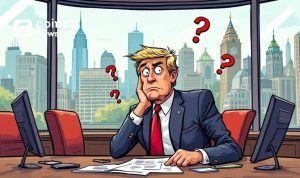- Federal Reserve links tariff policy to potential economic changes.
- Inflation could hit 5% with a 25% tariff.
- Interest rates reliant on tariff adjustments.
Federal Reserve Governor Christopher Waller highlighted on April 15 the potential consequences of the U.S. tariff policy on inflation and interest rates, indicating significant economic impacts.
Waller’s insights suggest that sustained tariffs may drive inflation significantly, requiring swift policy adjustments.
U.S. Tariffs Could Push Inflation to 5%
Christopher Waller commented on the substantial economic influence of current U.S. tariff policies. He indicated that maintaining the 25% tariff rate could increase inflation, nearing a 5% peak. Should tariffs decrease to 10%, inflation might plateau at around 3%, revealing the direct impact tariffs could have on consumer prices. The varying scenarios demonstrate the sensitivity of inflation rates to tariff policy.
Changes in inflation projections prompt discussions on interest rate strategies. Should a higher tariff situation manifest, swifter and more aggressive rate cuts might be necessary, whereas modest tariffs could result in postponed rate changes, reflecting a more patient approach by the Federal Reserve.
“The effects of tariffs may largely result in a one-time price adjustment rather than prolonged inflationary pressure.”
Tariff Adjustments and Their Historical Economic Impact
Did you know? During past tariff implementations, like those under the Trump administration, initial price hikes were observed, often thought temporary, yet eventually causing lasting inflationary effects. Such historical precedents inform current economic forecasts amidst the new tariff discussions.
According to CoinMarketCap, Bitcoin’s current price stands at $84,554.80, reflecting a market cap of $1.68 trillion and dominance in the crypto market at 62.74%. Notably, its 24-hour trading volume is $35.36 billion, representing a 32.14% change. Bitcoin’s price has exhibited moderate fluctuations, illustrated by a 7.54% gain over a week, along with longer-term declines over 60 and 90 days.

The Coincu research team anticipates financial shifts motivated by new tariff policies could affect both traditional financial instruments and cryptocurrency valuations. Historically, changes in tariffs have realigned market strategies and may encourage increased adoption of digital assets as economic hedges. Market participants look to historical trends to navigate the evolving policy landscape.























